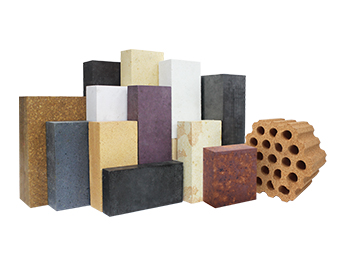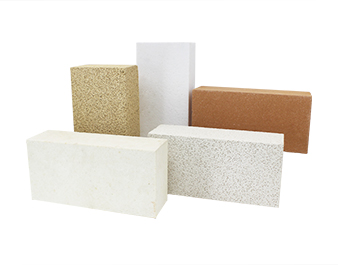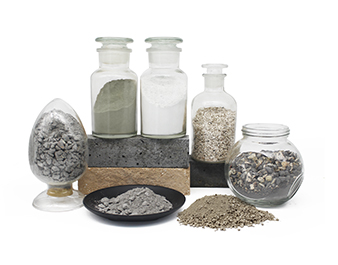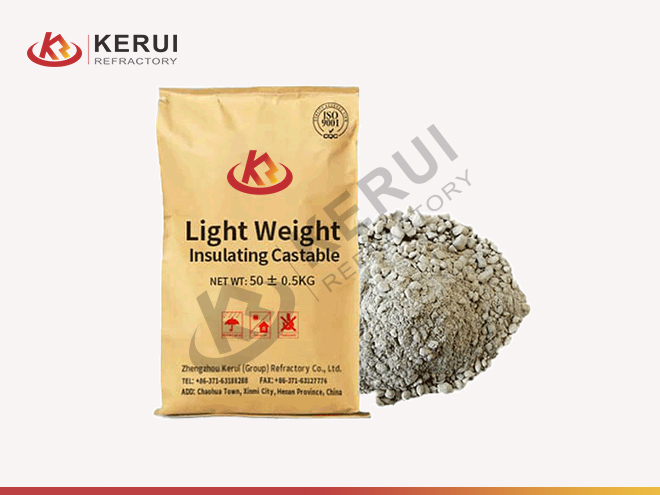
Lightweight Insulation Castable
- Bulk Density(g/cm³): 0.5-1.8
- Max. Service Temperature/℃: 1150-1350
- Cold Crushing Strength(110℃*24h)≥: 1.5-20MPa
- Thermal Conductivity (W/m·k)350℃: 0.15-0.65
- Permanent Linear Change (1000℃*3h)/%: -0.5
- Certification: ISO9001/ISO14001/ISO45001/ISO50001
- Sample: testing of sample is available
Description of Lightweight Insulation Castable
Lightweight thermal insulation castables are composed of refractory lightweight aggregate and powder, as well as binders, additives, etc. In addition to excellent thermal insulation properties, lightweight thermal insulation castables also have good strength, wear resistance, and thermal shock resistance, and it has good workability, strong impermeability, and does not require acidification treatment. The lightweight thermal insulation castable is easy to ensure the compactness and fullness of the mortar joints of the masonry, and can significantly improve the air tightness, integrity, and corrosion resistance of the inner lining of the chimney. It can be used to line various equipment such as furnace walls, kiln roofs, and pipes to provide insulation and prevent heat transfer.

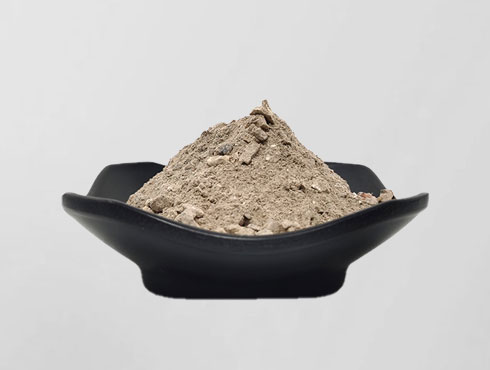
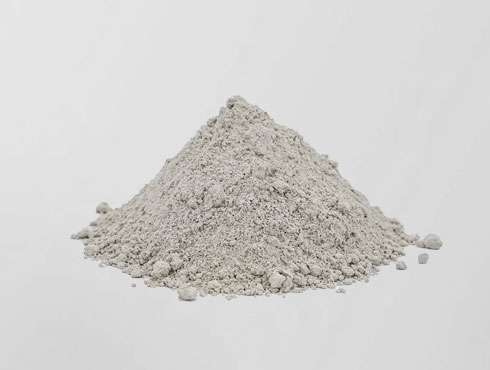
Kerui Lightweight Insulation Castable Technical Data Sheet
| Item/Grade | QJ-0.5 | QJ-0.8 | QJ-1.0 | QJ-1.1 | QJ-1.3 | QJ-1.5 | QJ-1.8 | |
|---|---|---|---|---|---|---|---|---|
| Bulk Density (g/cm³) | 0.5 | 0.8 | 1.0 | 1.1 | 1.3 | 1.5 | 1.8 | |
| Max. Service Temperature/℃ | 1150 | 1200 | 1250 | 1250 | 1300 | 1300 | 1350 | |
| Thermal Conductivity Coefficient ≤/[W/(m·K)] | 350℃ | 0.15 | 0.25 | 0.3 | 0.4 | 0.45 | 0.6 | 0.65 |
| 700℃ | 0.20 | 0.30 | 0.4 | 0.45 | 0.5 | 0.7 | 0.75 | |
| Cold Crushing Strength ≥/MPa | 110℃*24h | 1.5 | 2.0 | 4.0 | 5.5 | 10 | 15 | 20 |
| 1000℃*3h | 1.5 | 2.0 | 5.5 | 6.5 | 15 | 20 | 30 | |
| Permanent Linear Change (1000℃*3h)/% | -1.5 | -1.0 | -1.0 | -0.5 | -0.5 | -0.5 | -0.5 | |
Advantages of Lightweight Insulation Castable
Lightweight
Compared with traditional dense castables, lightweight castables have a lower density, and the lower density results in lighter-weight materials, so it is easier to handle, transport, and install, reducing structural loads.
Acid Resistance
Lightweight castables usually contain acid-resistant aggregates, such as high alumina, silica, etc. These materials are not prone to chemical reactions with acidic substances, thereby enhancing corrosion resistance.
Low Thermal Conductivity
Lightweight thermal insulation castables use lightweight aggregate as the main component. It has a high pore structure and contains a large number of pores, which effectively reduces the heat conduction path and effectively reduces thermal conductivity.
Thermal Shock Resistance
Since the material of lightweight thermal insulation castables contains pores, it can act as a buffer and can absorb and dissipate thermal stress generated during rapid temperature changes. Additionally, low thermal conductivity reduces thermal gradients and minimizes the potential for shock.
Manufacturing Process of Lightweight Insulation Castable
Raw Material Preparation and Crushing
The raw materials needed to prepare castables usually include lightweight aggregates such as expanded clay, vermiculite, perlite, or other lightweight minerals. Crusher is used for coarse and fine crushing of raw materials.
Screening and Fine Grinding
Screen the pulverized material according to the particle size, usually with a fixed inclined screen and an electromagnetic vibrating screen.
Raw Material Mixing and Batching
Add materials such as binders and additives to fully mix with raw materials. Mixing of the material is done with a mixer capable of handling the specific volume and consistency of the pouring mix.
Packing and Sealing
The mixing material can be fed into the packing machine and then packed, or directly packed into bags from the outlet of the mixer. Use sub-packaging equipment for sub-packaging, and then use a sealing machine to seal the mouth of the bag or seal the mouth of the box with tape.
Finished Product Inspection
Finally, it is necessary to test the heat conduction, compression resistance, and refractoriness of the castable to ensure that various physical and chemical indicators are qualified.
Application of Lightweight Insulation Castable
Power Industry
Lightweight insulation castables are used in various power generation facilities, such as boilers, furnaces, and flue gas ducts. They provide insulation and help in reducing heat loss, improve energy efficiency, and enhance overall thermal performance.
Petrochemical Industry
In the petrochemical industry, lightweight insulation castables can be used in equipment like reformers, crackers, and heaters. They help in maintaining high temperatures, reducing heat transfer, and improving the overall efficiency of the processes.
Metallurgical Industry
Lightweight insulation castables are utilized in various metallurgical processes, including ladles, and reheating furnaces. They provide insulation to minimize heat loss, improve temperature uniformity, and optimize the production process.
Kiln Insulation
Lightweight insulation castables are widely used for insulation in high-temperature kilns, such as rotary kilns and tunnel kilns. They help in conserving heat, reducing fuel consumption, and maintaining stable and controlled temperature profiles.

